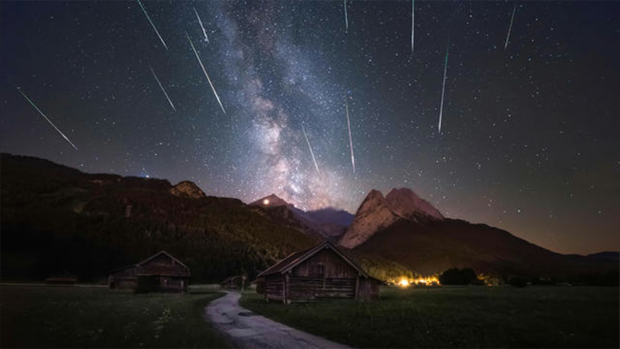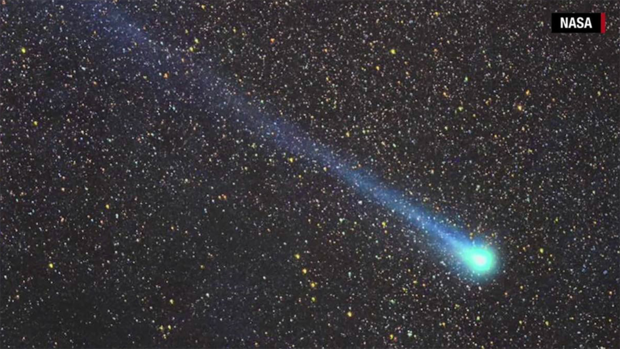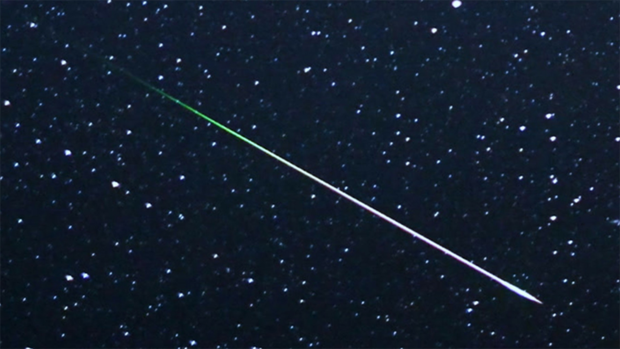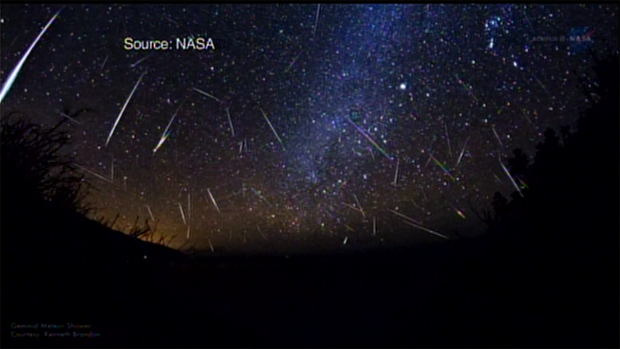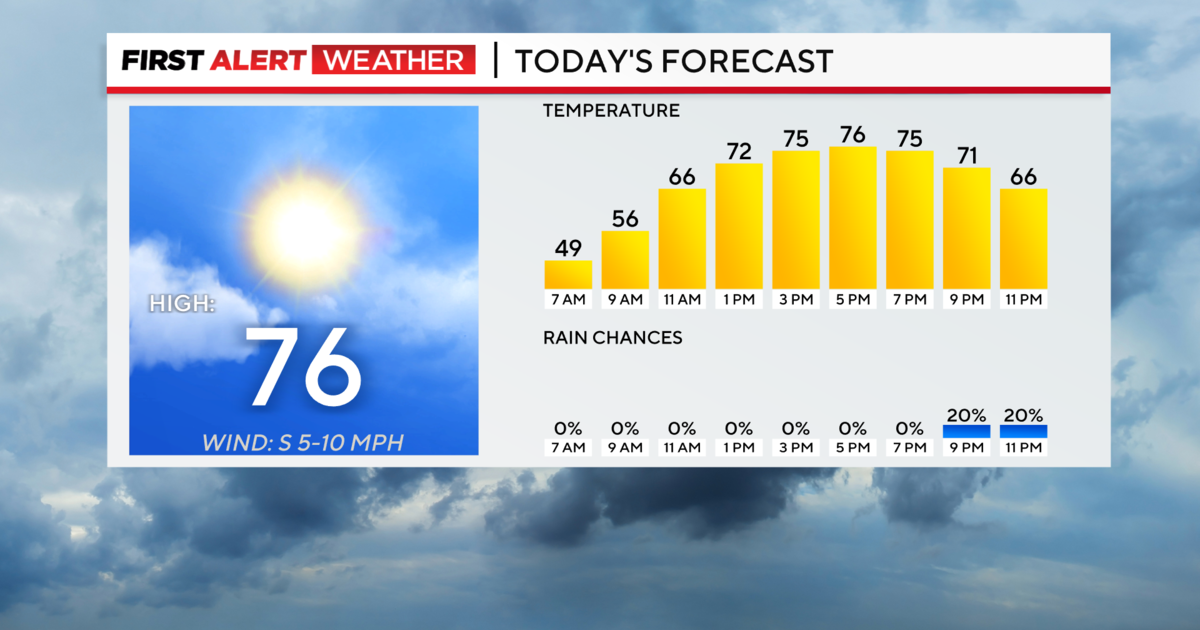Hey Ray! What To Expect From The Perseid Meteor Shower
PITTSBURGH (KDKA) -- The night sky is full of amazing things during the summer!
One thing that peaks in August is the Perseid Meteor Shower, and it can be one of the biggest celestial highlights in the summer.
To find out more, we talked with Mike Hennessy from the Carnegie Science Center and Buhl Planetarium!
Elizabeth: Hi Mike! What causes the Perseids?
Mike Hennessy: So the Perseid are caused because of a comet. The comet's name is Swift-Tuttle, discovered by two folks. Swift and Tuttle. There is no mystery to the naming there. That comet last swung by the inner solar system, the last time it took a trip around the Sun was in 1992. It is not even going to be back until 2125, but it does leave some debris in its wake. Every year in August, the Earth, as we make our trip around the Sun, we pass through the debris field of that comet. Like clockwork, we are coming around the Sun and we're going to pass through the debris from the comet Swift-Tuttle, and that debris interacts with our atmosphere and starts to burn up.
Ray: What causes the different colors the Perseid Meteor shower is sort of known for?
Mike Hennessy: The Perseids can have a lot of different colors, and a couple of the factors that determine that are the speed at which the meteor is streaking through the sky, and also how high they are when they burn up. They tend to be green if they are higher in the atmosphere. On average they burn 50 miles up from where we might be seeing them. But, if they tend to be bigger and get a little lower, those will look a little more yellow or purple.
Elizabeth: What is the best way to see them?
Mike Hennessy: The best way to see the Perseids is to get up early, get a cup of coffee, get outside before dawn, and give your eyes some time to adapt. Go to the darkest sky you can find, then get comfortable, make sure you have a blanket then be patient. Then you'll start to see them streak across the sky. They might be about one a minute, but you could see maybe fifty to even a hundred meteors per hour.
Elizabeth: So you just look up?
Mike Hennessy: Really, you're actually looking straight up.
Ray: They Peak August 11th & 12th, but when will they be all out of here?
Mike Hennessy: The Perseids wrap up around August 24th, so you got really until the close of summer to get outside and enjoy these fireworks.
Ray: What are some of the other cool things to see in the night sky, this time of year?
Mike Hennessy: There is so much to see. The Perseids are a great treat in the morning to see, but in the evening if you look outside, look south, and you will see the bright red glow of the star Antares, the heart of the scorpion. It is kind of a fish hook shaped constellation you will see when looking south. Sometimes, we see it in the same part of the sky where we might see Mars arching across the sky. Aries is Greek for Mars, and this star was named "Antares", which means "Hey that's not Mars"! When you look south, find Antares in the "fishhook", then you might see a teapot in the sky next to it, pouring out steam in our dark sky. That steam is our Milky Way Galaxy! And if you look the southeast, you will see two bright objects rising in the evening sky. They are the planets Jupiter and Saturn.
